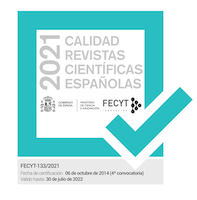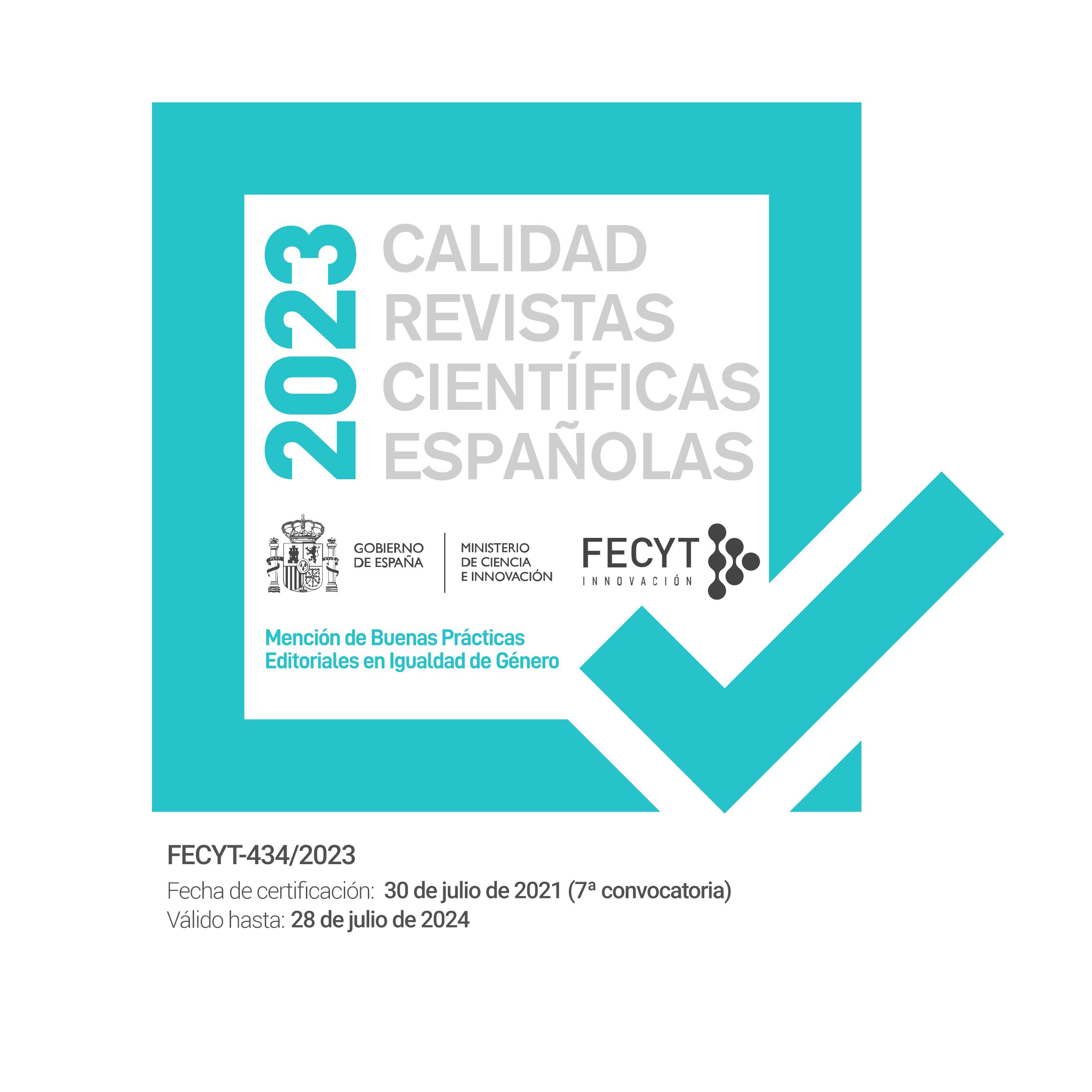CALL FOR PAPERS: BETWEEN ITALY AND THE BOSPHORUS. ROME AS CENTRE AND PERIPHERY IN THE BYZANTINE ‘OECUMENE’ (5TH-8TH CENTURIES)
SUBJECT
After the 5th century’s discontinuing of the imperial office in the West, Rome was subjected to the short-lived rule of Odoacer, before coming under the more stable control of the Ostrogothic king Theodoric, invited by Constantinople’s court to occupy Italy in the emperor’s name. Under the Ostrogoths, Italy was consequently reorganized as an independent polity formally subordinate to the imperial government, thus preserving a distinctly Roman administrative structure.
Furthermore, starting from the mid-6th century the ties between Rome and the pars Orientis were significantly strengthened, following Justinian’s wars of expansion and the subsequent incorporation of the Italian peninsula within the Eastern Roman orbit.
As a result, the city fell back under direct imperial administrative supervision until the mid-8th century, when a gradual fragmentation of the Mediterranean political unity prompted Rome to increasingly redefine its institutional position in closer alignment with Western European powers, while concurrently forcing Constantinople to prioritize the defense of its core regions in Anatolia and the Balkans.
During the entire timespan of Byzantine rule over Rome, the metropolis played multiple and sometimes conflicting roles within the Early Medieval world.
Indeed, the city remained a prime model of collective identity, exerting significant influence in shaping forms of self-representation employed by individuals, populations, and political entities in diverse geographical regions. Also, Rome hosted the most prestigious chair in all Christendom, whose religious significance attracted large numbers of pilgrims from both imperial provinces and continental Europe.
At the same time, however, the Italian peninsula was increasingly perceived as geographically distant from the institutional heart of the Empire in the Eastern Mediterranean. What is more, such peripheral position was worsened by the late 6th century’s Lombard invasion of Italy, as a result of which Rome and its hinterland became a precarious frontier zone, encircled by potentially hostile forces.
Hence, the volume aims to explore Rome’s complex condition within the Late Antique/Early Medieval world, where the metropolis was simultaneously regarded as a distant periphery and as a preeminent center of political/cultural legitimacy.
The goal is to use Rome's unique context to examine 5th/8th centuries’ cultures and societies, as well as their interactions, both on Mediterranean and local scale.
Proposals addressing the various topics outlined below and detailed in the attached "Possible Areas of Research" are welcomed:
- Administration
- Society
- Rituality
- Religion
- Perception
- Legacy
Contributions dealing with the aforementioned themes from historical, historical/artistic, archaeological, religious, or philological perspectives are welcomed. Also, in addition to papers dedicated to Rome’s urban context, contributions that addresses the topics of interest from a trans-geographical perspective or within other regions of the Late Antique and Medieval Mediterranean basin are encouraged.
DEADLINE
30 November 2025. Within 60 days, authors will receive a reasoned response, positive or negative, regarding the publication of the article.
HOW TO SUBMIT PROPOSALS
- Papers must be submitted to the scientific committee exclusively through the online platform of the journal Vergentis, using the ‘proposals’ section, where you can log in or register if it is your first time accessing the journal's website. You must log in or register to submit scientific proposals and to follow the entire editorial process.
- Unpublished and original works may be submitted in Spanish, Italian, French, English or German.
- The editorial office will check the originality of the work using the Turnitin Platform and will submit it for examination by two anonymous external reviewers, who are not connected to the institution or the editorial board, based on the peer-review system. In any case, plagiarism or lack of originality in the documents submitted will not be tolerated.
- The publication rules can be consulted on the journal's web page.
PUBLICATION
Scientific proposals that have passed the editorial review process will be published in one of the two biannual issues of the Vergentis Journal in 2025. Print ISSN: 2445-2394; Online ISSN: 2605-3357.








